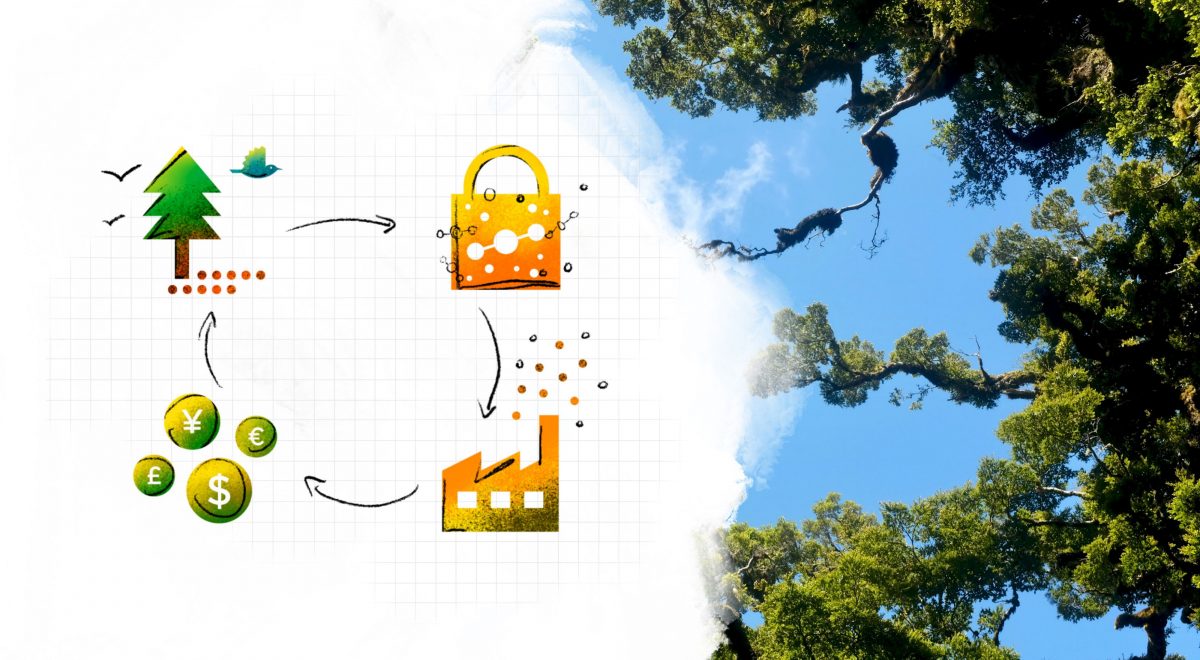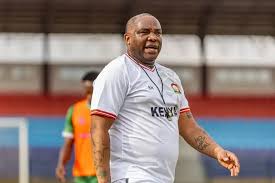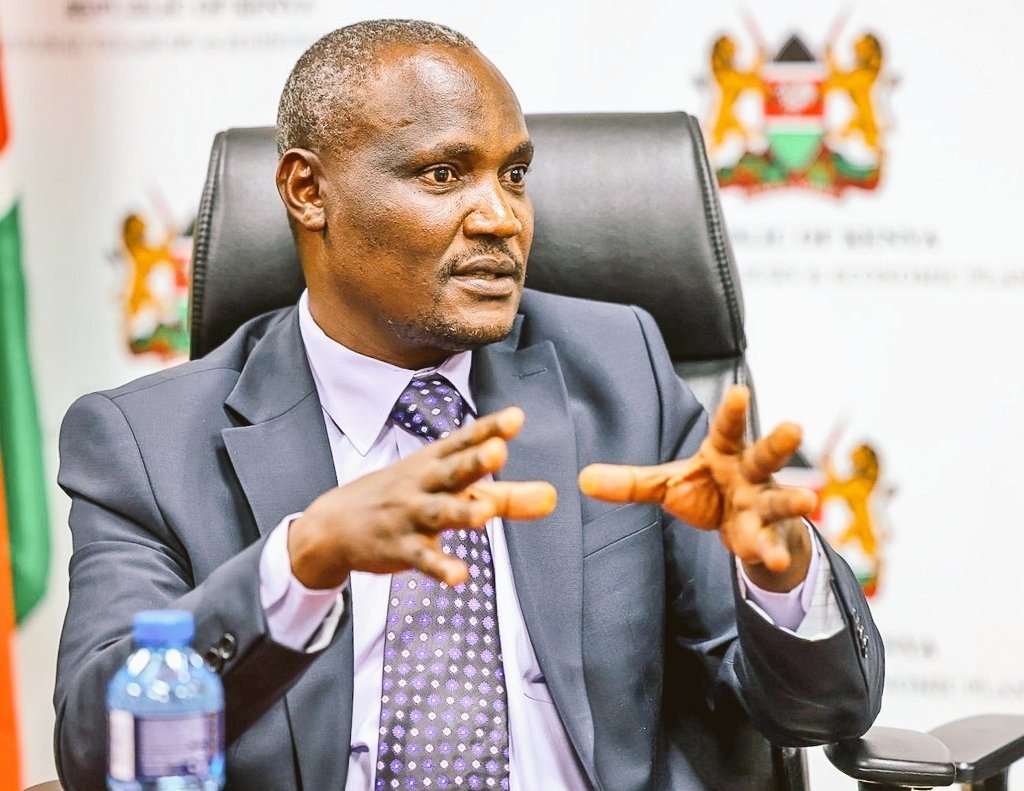Why carbon credits trade requires more regulation

The multi-billion carbon credit business has been around for a while but the complex and largely opaque business deals must help those most affected by climate change.
Carbon credits, also known as carbon offsets, are permits that allow the owner to emit a certain amount of carbon dioxide or other greenhouse gases. One credit permits the emission of one tonne of carbon dioxide or the equivalent of other greenhouse gases.
While the buck stops with the most industrialised nations since they are the main polluters, coming up with carbon credits during the 1997 UN Kyoto Protocol was a good idea. This birthed the first international agreement to cut CO2 emissions.
Through the Clean Development Mechanism, they allowed industrialised countries to reduce emissions abroad (Africa), where they are cheaper than at home, such as by planting trees in the tropics at a cost.
Companies in the global North are getting a set number of carbon credits, which decline over time as they initiate projects abroad like planting trees in Africa. The thing with carbon credits is that they are meant to create a monetary incentive for these companies to reduce their carbon emissions.
The irony is that this allows firms whose business models involve exploitation of the natural environment, to legally exceed limits instead of reducing carbon, by ensuring an additional reduction of emissions elsewhere, but they end up paying for that sin by paying for a similar reduction elsewhere (Africa).
By allowing rich countries who have also invested in the global South and dictate how to maintain land and forests instead of holding governments accountable and changing the existing production and consumption patterns, the developed countries are once again having their cake and eating it.
It may sound like neo-colonialism, but that is the way it is, and Kenya is among countries looking up to reap from the global North with ecological deals designed to make Africa a carbon sink, to help ease the effects of climate change and get paid for it.
Concerns further abound that these deals are making developing countries change their economic patterns to offset emissions from the Global North while enduring the impacts of climate change the most.
Carbon credits are also very hard to come by since the trade lacks a unified marketplace where buyers and sellers can transact, and it requires sophisticated investors which makes it difficult for most local communities to tap the market. Deals require buyers to interact with several sources to get pricing and information.
With no main unified marketplace, many carbon credits are traded over the counter (OTC), which means that price and quality discovery requires relationships with various market participants—including project developers, brokers, and marketers—which increases complexity and effort for buyers.
Carbon offsets do not need to stop, but they do need to be regulated further and governments and private sector stakeholders must step in and monitor carbon offset programmes in Kenyan communities.
Taking into consideration the recent reports that the much-hyped and award-winning Northern Kenya Rangeland (NKR) carbon project has hit headwinds raises fundamental questions for such projects in Kenya.
The project which entails 14 community conservancies that make up the project area, which include supporting scheduled rotational grazing and meeting conservancy-level reporting requirements, hit headlines after research raised concerns over the viability of the project.
Carbon offset certifier Verra suspended the issuance of credits from the Kenyan project after several questions were raised about its validation and methodology.
This after a report by Survival International said the Northern Kenya Grassland (NRT) project couldn’t accurately count its carbon savings and is altering long-standing indigenous livestock grazing practices.
In exchange for keeping wildlife and biodiversity safe in the conservancies, NRT shares a portion of tourism revenue with their managers, funding rangers and other support staff who monitor them and keep hunters away. By managing where and when livestock graze, the idea is that vegetation in NRT’s project will have a chance to recover, rather than be overused by herders.
But questions about the value-addition element that the project is bringing and whether the Borana, Turkana and Samburu who live there were not doing it before, abound.
NRT says that the inability to prevent herders from taking livestock outside the offset’s boundaries to graze means that protecting grass and shrubs inside the offset doesn’t mean they will not be eaten in neighbouring areas instead.
For such a highly regarded project, this will continue to raise concerns about carbon projects for a long time to come, but it goes to show the challenges in reaping from carbon credit and how the intended communities tap the revenue of such credits.
—The writer is the Business Editor, People Daily











